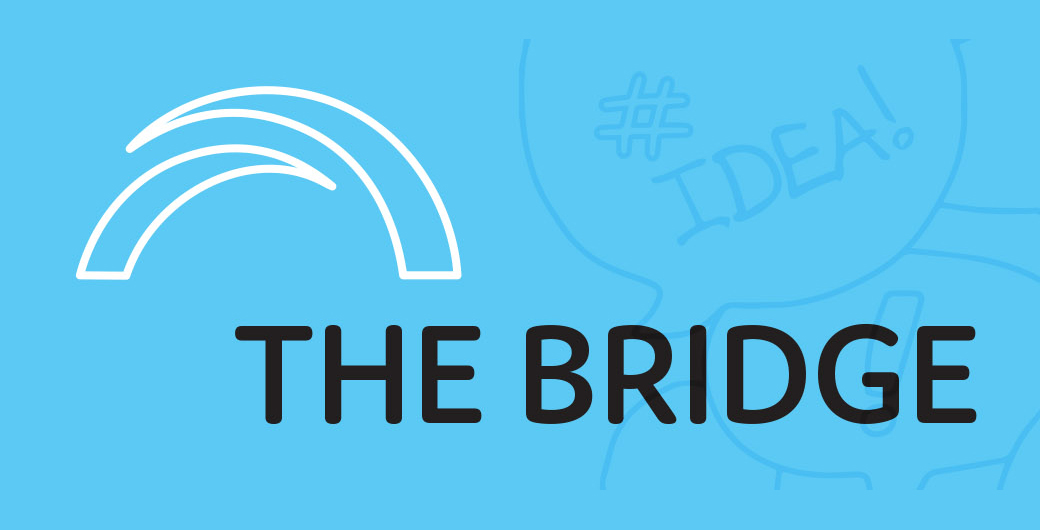
Today the world is confronted with dual crises: creeping and acute threats unfolding simultaneously. In this environment governments must respond effectively to acute crises while not compromising the development of proactive mitigation policies to address the creeping threats. They must develop the capacity to ‘think in time’ and use time strategically to address interconnected problems. A paper in Public Administrations offers five time-based strategies that policy makers can use to navigate the twin challenges of dual crises and increase institutional robustness.
Turbulence and crises
We live in highly turbulent times and the co-occurrence of unexpected, inconsistent, and unpredictable events. At the time of writing, the configuration of crises facing policymakers include: the effects of the Russian invasion of Ukraine, accelerating climate change, energy supply and price challenges, and the ongoing COVID-19 pandemic.
This turbulence has become an enduring characteristic of the environment in which public sector organisations operate. Crises create turbulent conditions as they:
- create periods of extreme disruption
- threaten the existing functions of social and political systems
- cause deep uncertainty and an urgency to act.
Crises often force policymakers to make high stakes decisions with information that is unreliable or incomplete. They are also becoming more and more interconnected as short-term acute crises co-occur with and/or present themselves as indicators of much bigger, yet slow-burning creeping crises.
Acute and creeping crises
Acute and creeping crises unfold differently and evoke different policy responses. Policymakers typically experience acute crises as ‘rude surprises’ in which circumstances force them to improvise. Everybody looks at them to ‘do something, now’ to address the threat or reduce the damage already done. The pace is frenetic, the context often emotive with instant danger and manifest damage.
In contrast, the onset of creeping crises is slow rather than fast. Both the actual threat and policymakers’ attention develop over time. They are not always in sync. A key characteristic of the creeping crisis is a prolonged absence of attention and action, potentially forestalling timely mitigation and adaptation efforts.
Dual crises
As acute and creeping crises often co-occur, turbulence can take the form of dual crises. Robust governance of dual crises involves aligning different temporal dimensions:
- fast and slow onset threats
- sudden and creeping collective stress
- immediate and long-term consequences of policy interventions.
Crisis researchers have shown that acute crises can undermine robust governance when policymakers slide into fire-fighting mode. This is a form of ‘reactive presentism’ in which consideration of the longer term is eclipsed by the perceived imperatives of the present. Coping with dual crises means that governments must simultaneously respond to acute crises and develop more proactive mitigation policies to address the creeping threats. They need to develop the capacity to think in time so they can purposefully and strategically work on and with time.
Working on and with time
Time is often regarded as a neutral variable, something that exists outside of ourselves. But in policy and politics, our sense of time is actively constructed, and actors make strategic and politically consequential choices concerning time. The timing, sequence, speed, duration, and time horizons of governance efforts play an important role in shaping their impact. To use time in governance is to purposefully choose certain moments, rhythms and time horizons: timing, pacing and sequencing the work of governing.
Policymakers can use five temporal strategies in the robust governance of dual crises:
- Timing. This concerns purposefully choosing moments to undertake action. In the turbulence of dual crises, crucial moments arise during which the actions taken can considerably weaken or strengthen robustness. A timing strategy that enhances robustness is to create linkages between acute responses and strategic measures.
- Crafting time horizons. Policy actors can employ broad or narrow, widening or contracting time horizons. These can be fateful choices. Once particular time horizons are settled in a policy process they get embedded in strategic planning and resource allocations.
- Pacing. Pacing refers to modulating the speed of policy responses: when to push the accelerator and when to put the foot on the brake.
- Futuring. This is preparing for the unknown ahead of time by exploring possible and preferable future scenarios for exploring impacts of alternative strategies.
- Cyclical adaptation. This involves a process of making adjustments and changes to existing policies in response to new developments. Adaptation is fostered by designing alternative response strategies and allowing for flexibility to switch paths.
The bottom line
Robustly navigating dual crises requires a strategic use of time. Different temporal strategies can enhance robustness. Governing for the long term and the heat of the moment can only work if the right timing, pacing, crafting of time horizons, forms of futuring and cyclical adaption are employed. These act as an antidote against stress-induced myopia in the policymaking process.
Want to read more?
Robust governance for the long term and the heat of the moment: Temporal strategies for coping with dual crises – Wieke Pot, Jorren Scherpenisse and Paul ‘t Hart, Public Administration, July 2022

Other Research Briefs on public sector collaboration include:
- Published Date: 26 July 2022
